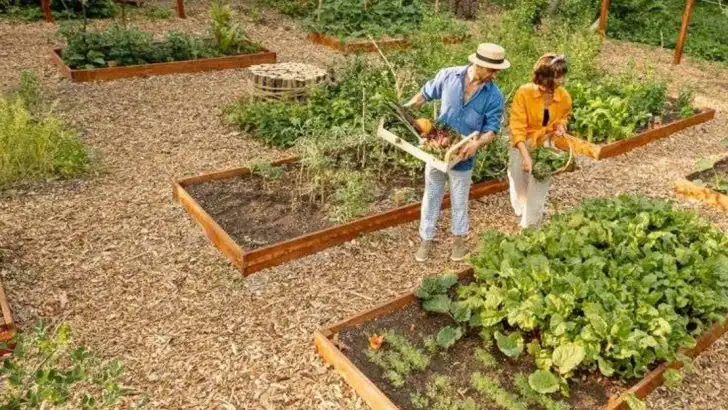Starting a garden can be incredibly rewarding, but summer often brings a set of unique challenges that trip up even the most enthusiastic beginners. From overwatering to poor plant choices, many common mistakes can quietly sabotage your growing success before you even realize it.
Understanding these pitfalls early can save you time, money, and frustration, turning your summer garden from a struggle into a flourishing oasis. Whether it’s misjudging sun exposure, neglecting soil health, or overlooking pest control, each error has an easy fix that can make a huge difference.
In this article, we’ll uncover 19 of the most frequent summer gardening mistakes new gardeners make — and, most importantly, how to solve them. Get ready to turn your garden into the vibrant, thriving space you’ve always dreamed of, no matter your experience level. Let’s grow smarter this summer!
Overwatering
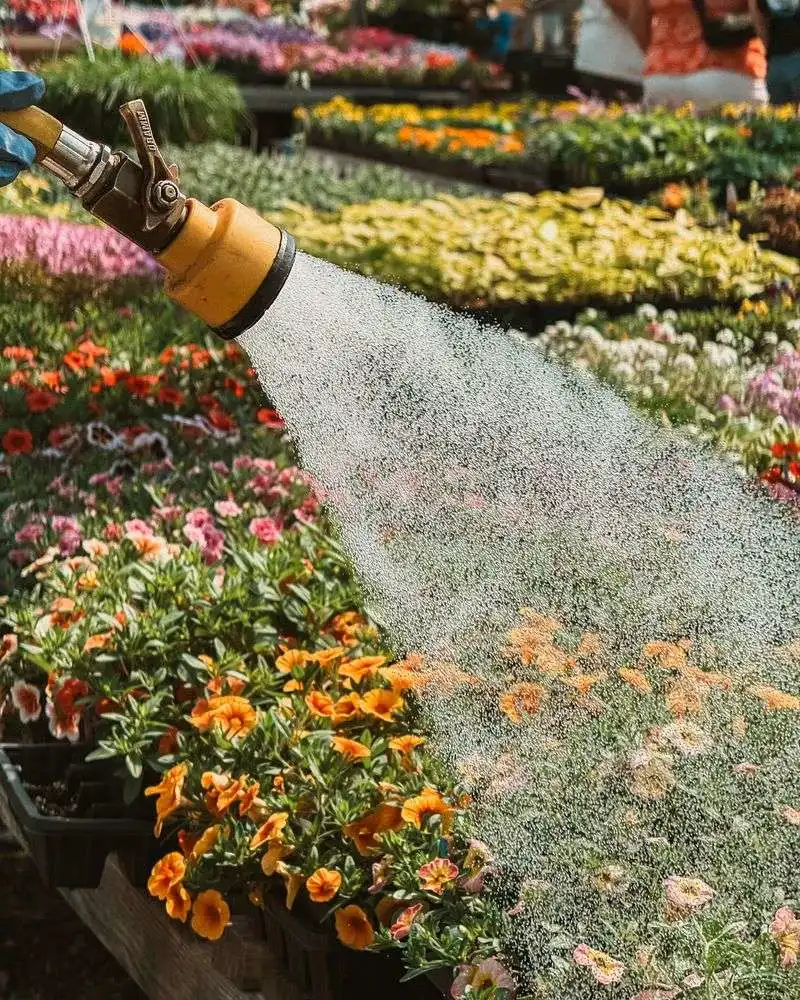
One of the most common errors is the tendency to overwater plants. New gardeners might assume that more water is always beneficial, but this can lead to root rot and other issues. Consider the specific needs of each plant, as some thrive in drier conditions.
Checking soil moisture levels before watering can help prevent this mistake. Use your finger to test the soil; if it’s still damp a few inches down, hold off on watering for a bit.
This simple practice ensures your plants get just the right amount of moisture they need to flourish.
Ignoring Soil Quality
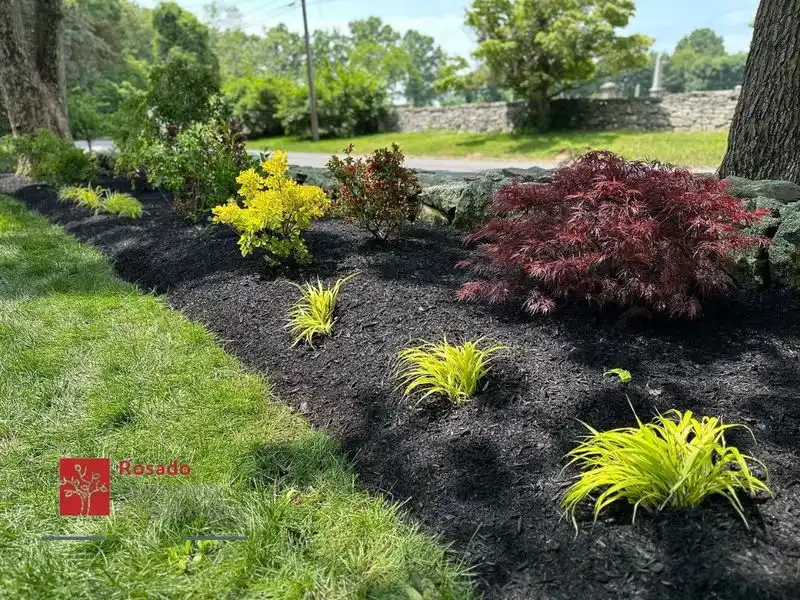
Neglecting soil quality is another pitfall that can hinder plant growth. Healthy soil is the foundation of a thriving garden, providing essential nutrients and support.
Testing your soil before planting can reveal deficiencies and help you amend it properly. Adding compost or organic matter can improve texture and fertility.
Taking these steps ensures your plants have the best start possible. Remember, good soil is like a cozy bed for your plants to thrive in, not just dirt in your garden.
Planting Too Closely
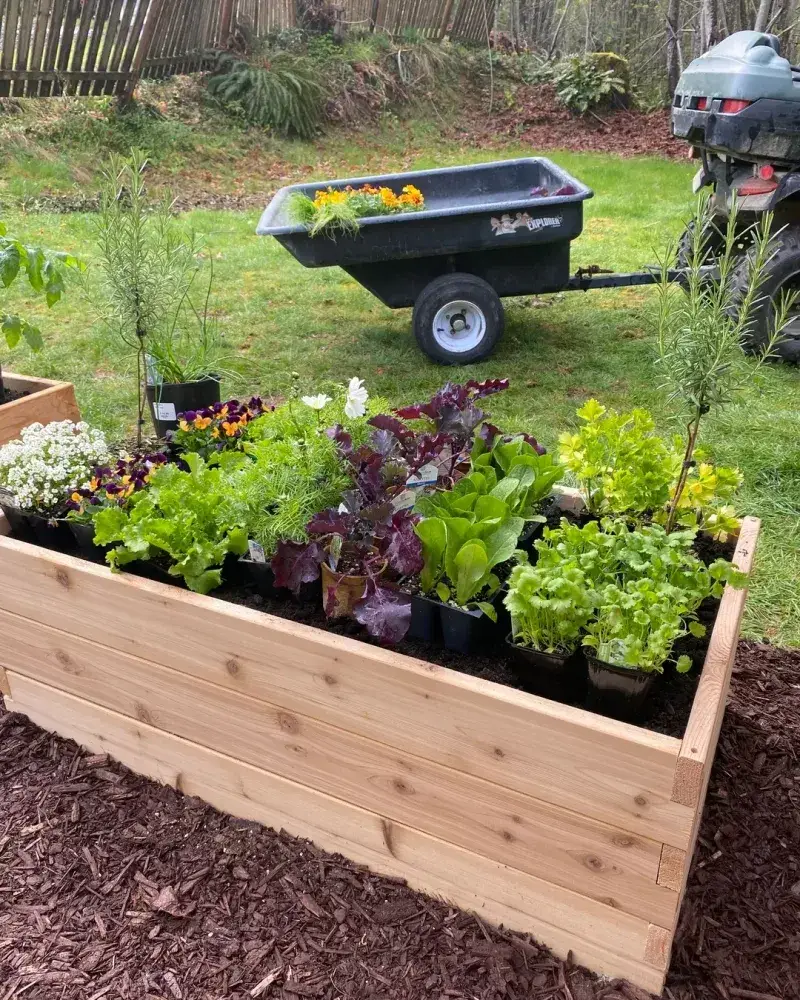
New gardeners often plant seeds or seedlings too closely, eager to fill their space with greenery. However, overplanting can lead to competition for resources.
Crowded plants may not get enough sunlight, water, or nutrients, stunting their growth. Follow spacing guidelines on seed packets or plant tags to give each plant ample room to thrive.
This practice helps ensure healthier plants and a more abundant harvest. It’s like giving each plant its own room in a cozy house, rather than cramming them all into one space.
Choosing the Wrong Plants
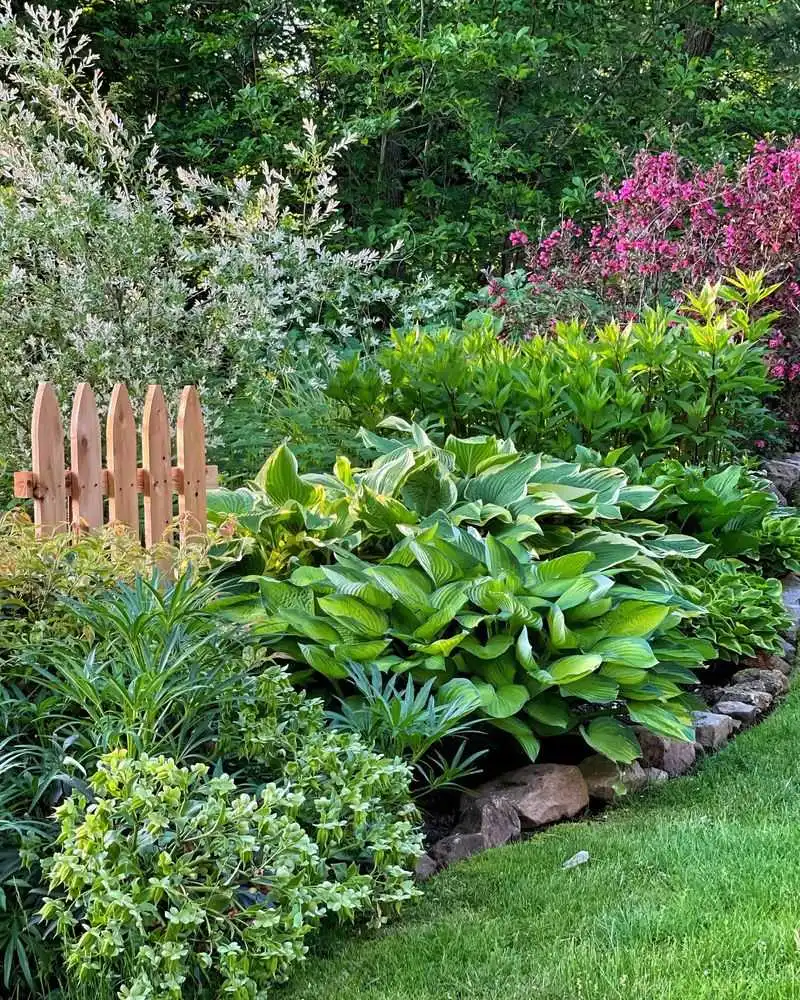
Enthusiasm can lead to selecting plants not suited for the climate or soil conditions, resulting in disappointment. Understanding your local growing zone and choosing plants accordingly is key.
Research plants’ light, water, and space requirements before planting. Opt for native or well-adapted species for easier maintenance and better results.
Finding the right plants for your garden is like choosing the right wardrobe for the weather—both require a bit of planning for comfort and success.
Ignoring Pest Control
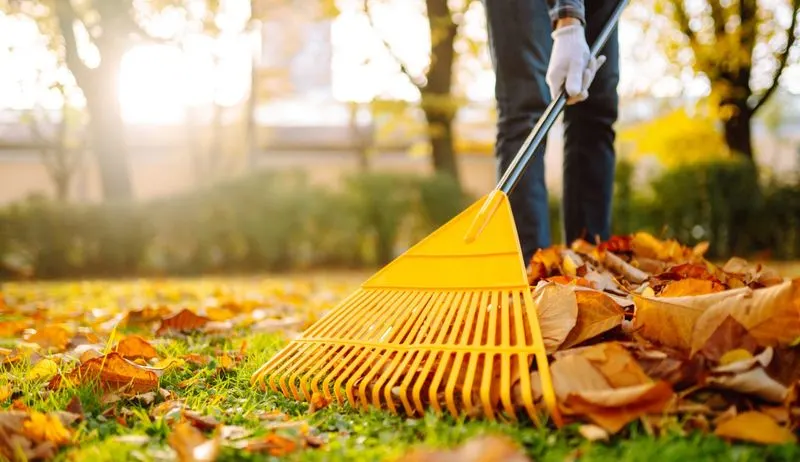
It’s easy to overlook pest control, but ignoring it can quickly lead to a struggling garden. Pests can devastate plants if left unchecked, so proactive measures are essential.
Regularly inspect your plants for signs of pests and take action promptly. Use natural pest control methods, like introducing beneficial insects or using organic sprays.
This vigilant approach helps maintain a healthy garden and reduces the need for harsh chemicals. Think of it as giving your plants a little extra security detail to keep them safe.
Skipping Mulch
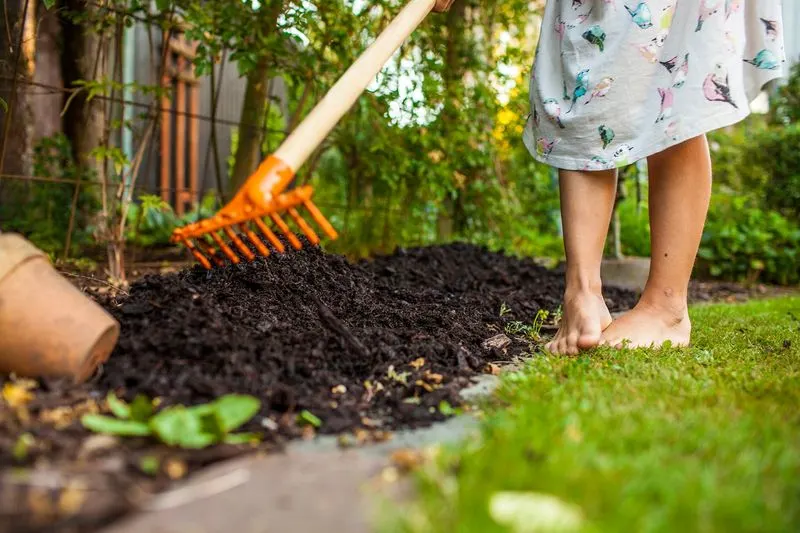
Mulch might seem optional, but it’s a critical component of garden health. It helps retain soil moisture, suppress weeds, and regulate temperature.
Applying a layer of mulch around your plants can significantly improve their growing conditions. Organic mulches like shredded leaves or straw add nutrients as they decompose.
Think of mulch as a cozy blanket for your garden, providing comfort and protection. It’s an easy addition that can make a big difference in your garden’s vitality.
Neglecting to Deadhead
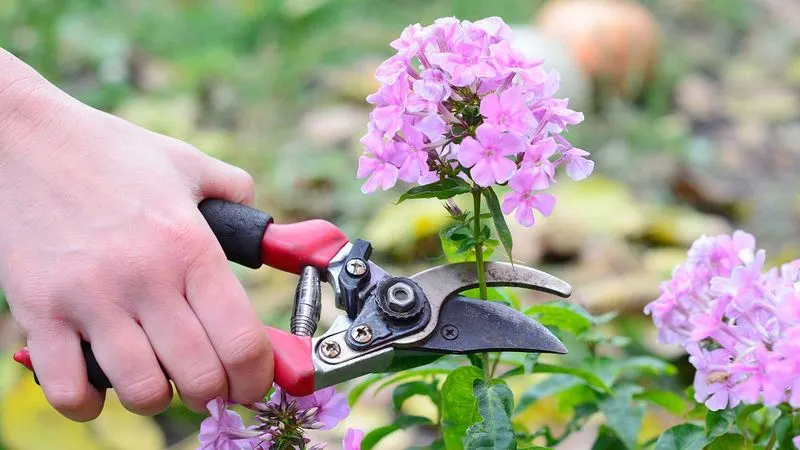
Fading blooms can be unsightly, but neglecting to deadhead can also affect plant health. Deadheading, or removing spent flowers, encourages new blooms and prevents seeds from forming.
This simple task can extend the flowering season and improve plant appearance. Regularly check your plants and snip off faded flowers to keep them thriving.
Think of deadheading as giving your plants a little grooming session, ensuring they look their best and keep blooming beautifully.
Forgetting Succession Planting
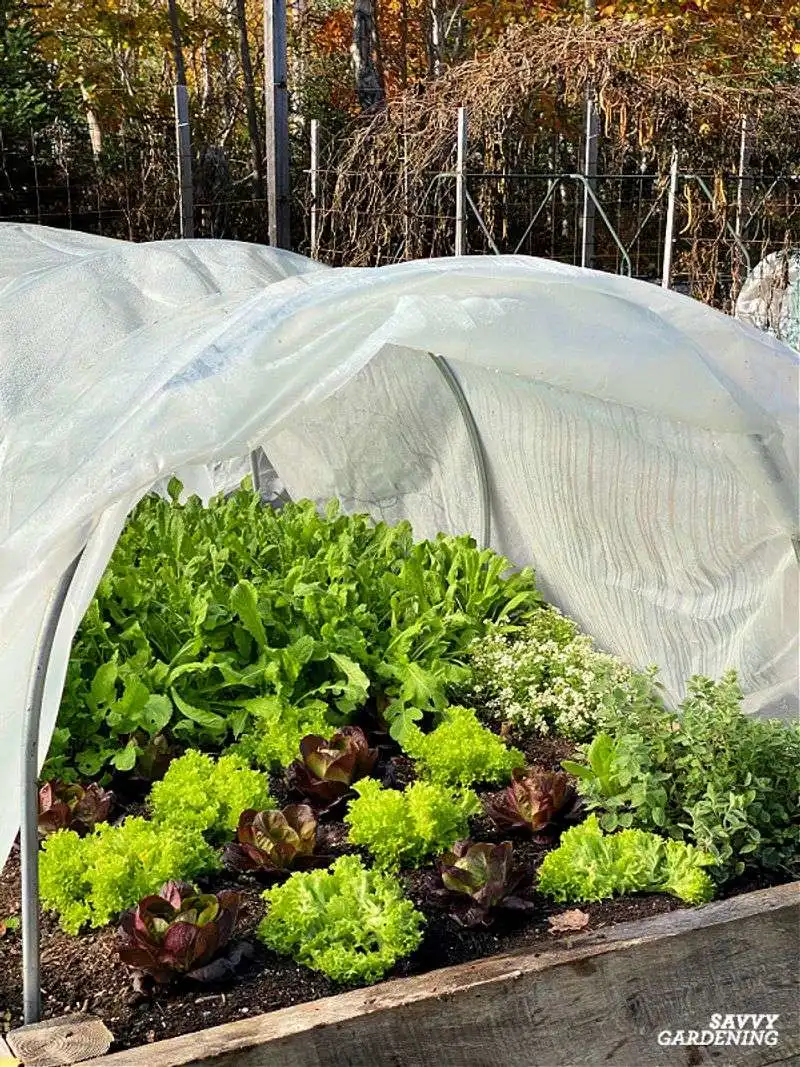
Gardeners often plant everything at once, leading to simultaneous harvests. Succession planting involves staggering plantings to enjoy continuous harvests.
Plan your planting schedule to sow seeds every few weeks. This technique keeps your garden productive and extends your enjoyment of fresh produce.
It’s like pacing yourself at a buffet, ensuring there’s always something new and delicious to enjoy. A well-thought-out plan can make all the difference in your gardening success.
Neglecting to Prune
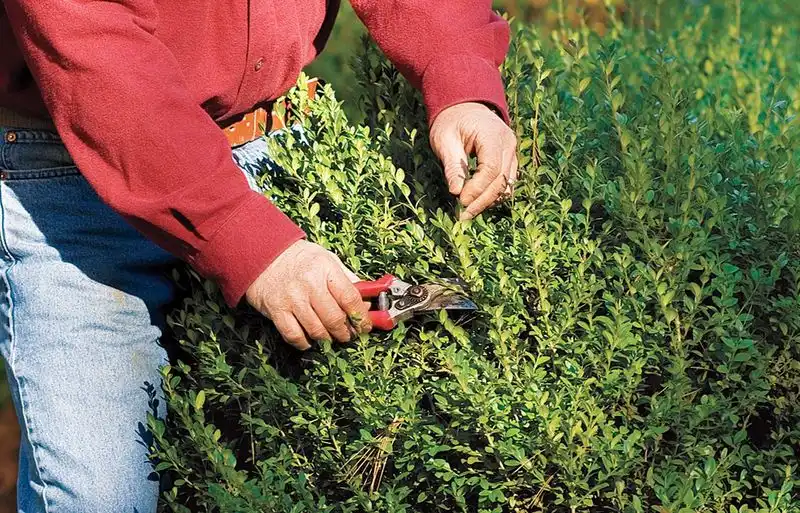
Pruning might seem daunting, but neglecting it can lead to unruly plants. Regular pruning helps shape plants, promotes new growth, and removes dead or diseased wood.
Learn the specific needs of your plants and prune accordingly. This care ensures healthier, more attractive plants and can boost fruit and flower production.
Think of it as giving your plants a stylish haircut, keeping them neat and vigorous. It’s a small effort that yields big rewards for your garden.
Not Rotating Crops
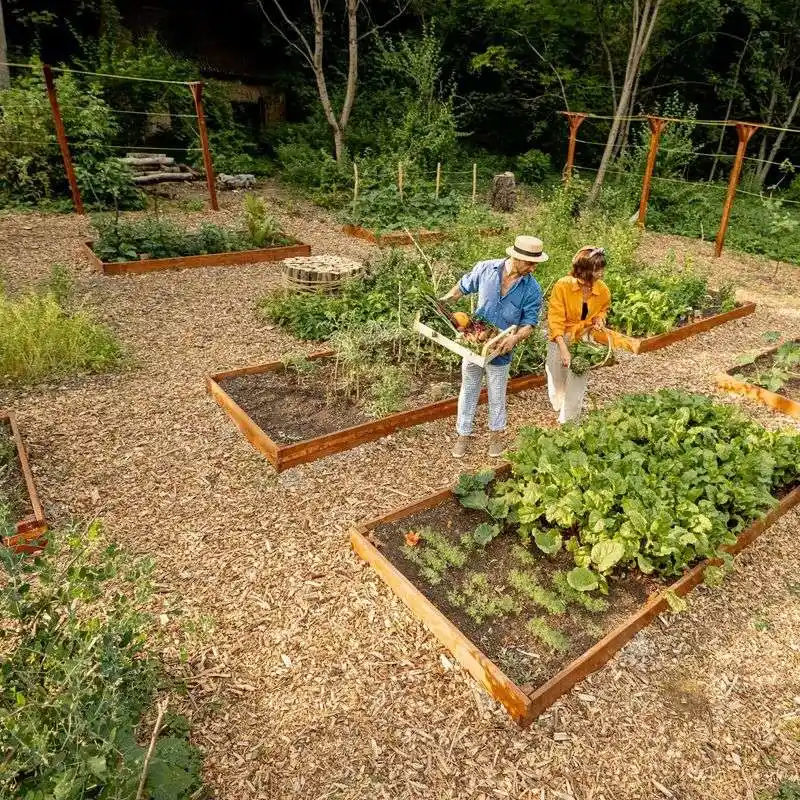
Crop rotation is crucial for maintaining soil health and reducing pest buildup. Planting the same crops in the same spot year after year depletes nutrients and invites pests.
Rotate crops to different garden areas each season, giving the soil a chance to recover. This practice can lead to better yields and a healthier garden environment.
Consider it like a dance, where each plant gets a new partner and a fresh start, rejuvenating both the soil and the plants.
Over-fertilizing
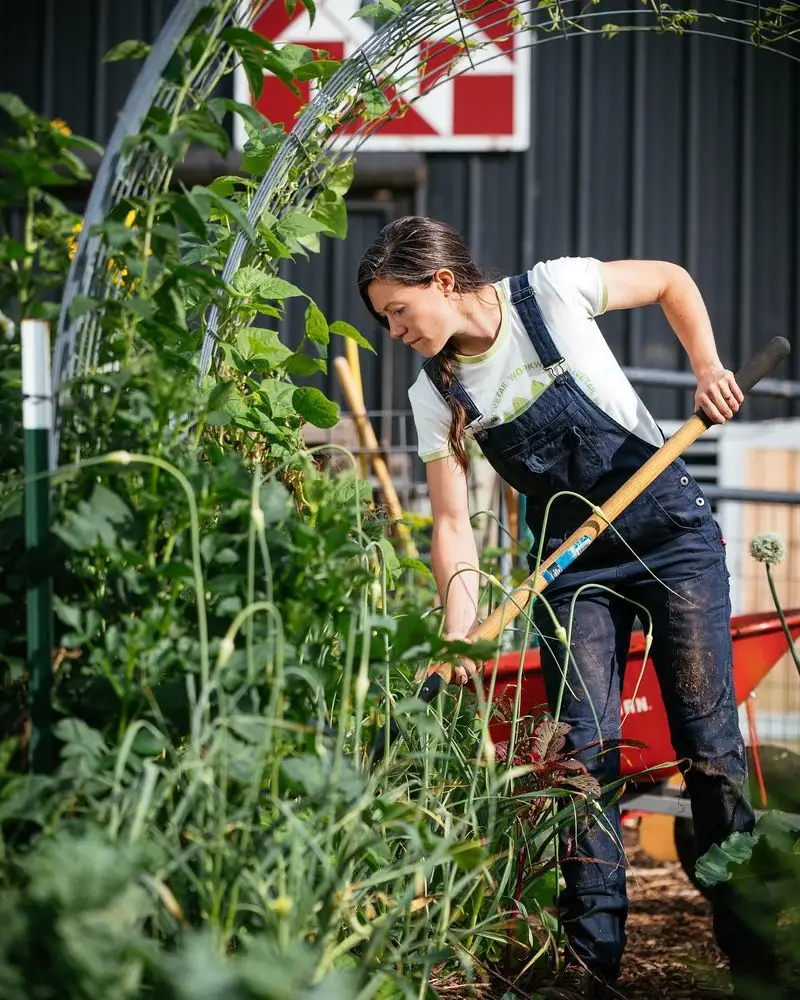
More fertilizer doesn’t always mean better growth. Over-fertilizing can harm plants, leading to nutrient burn and other issues.
Follow recommended guidelines and use slow-release fertilizers for steady nourishment. Testing your soil can reveal nutrient needs, preventing excess application.
It’s like seasoning a dish—too much can ruin the flavor, while the right amount enhances it. Thoughtful fertilization leads to healthier plants and a more bountiful garden.
Ignoring Companion Planting
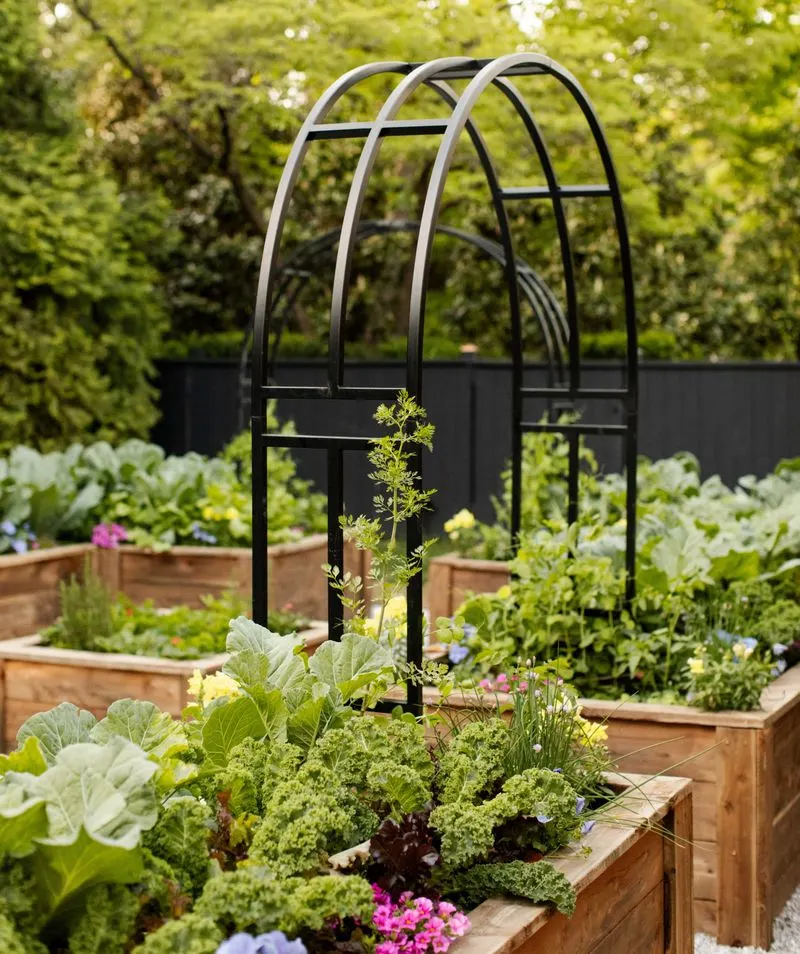
The power of companion planting is often overlooked, but pairing compatible plants can enhance growth and deter pests. Certain plants naturally support each other by improving soil, repelling insects, or attracting pollinators.
Research and plan your garden layout to incorporate beneficial pairings. This thoughtful design can lead to a more harmonious and productive garden.
Imagine it as a well-coordinated friendship, where each plant brings out the best in the other, fostering mutual success.
Not Protecting from Sun
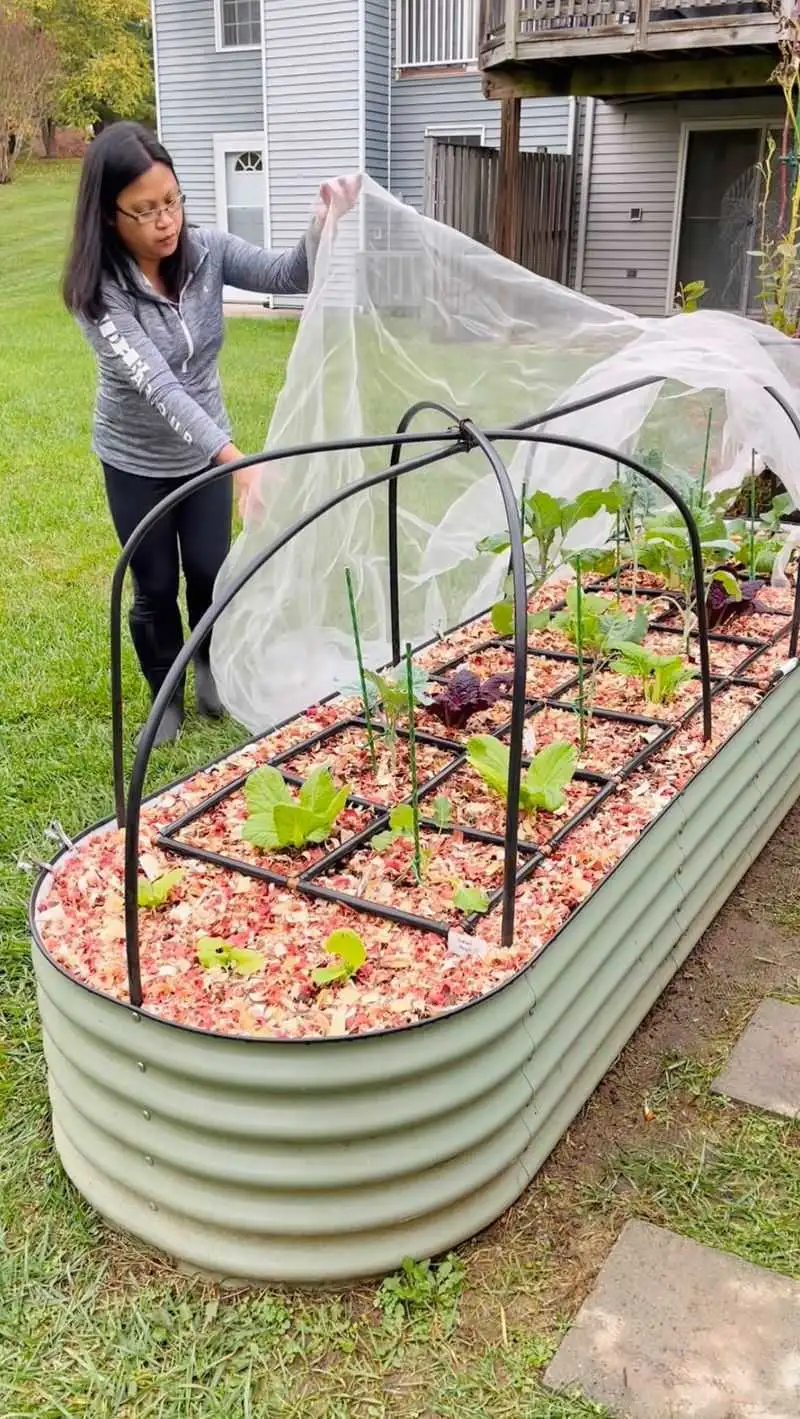
While sunlight is essential, too much can harm plants, leading to sunburn or wilting. New gardeners may overlook the need for protection during intense heat.
Provide shade using fabric, structures, or strategic planting to shield vulnerable plants. This care helps maintain plant health and vigor.
Think of it like wearing sunscreen on a sunny day, ensuring your plants stay safe and comfortable under the sun’s rays.
Neglecting to Weed
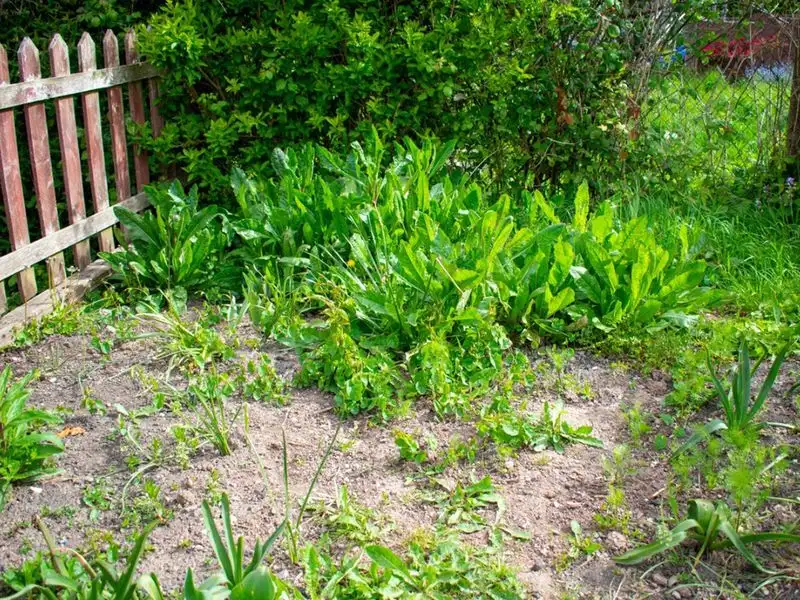
Weeds can quickly take over, competing for nutrients, water, and space. Ignoring them can hinder your plants’ growth and lead to a messy garden.
Regular weeding keeps your garden tidy and plants healthy. Consistent effort prevents weeds from establishing and minimizes competition.
Think of it as maintaining a clean and organized space, where each plant has room to shine. A weed-free garden is a happier, more productive one.
Overlooking Temperature Changes
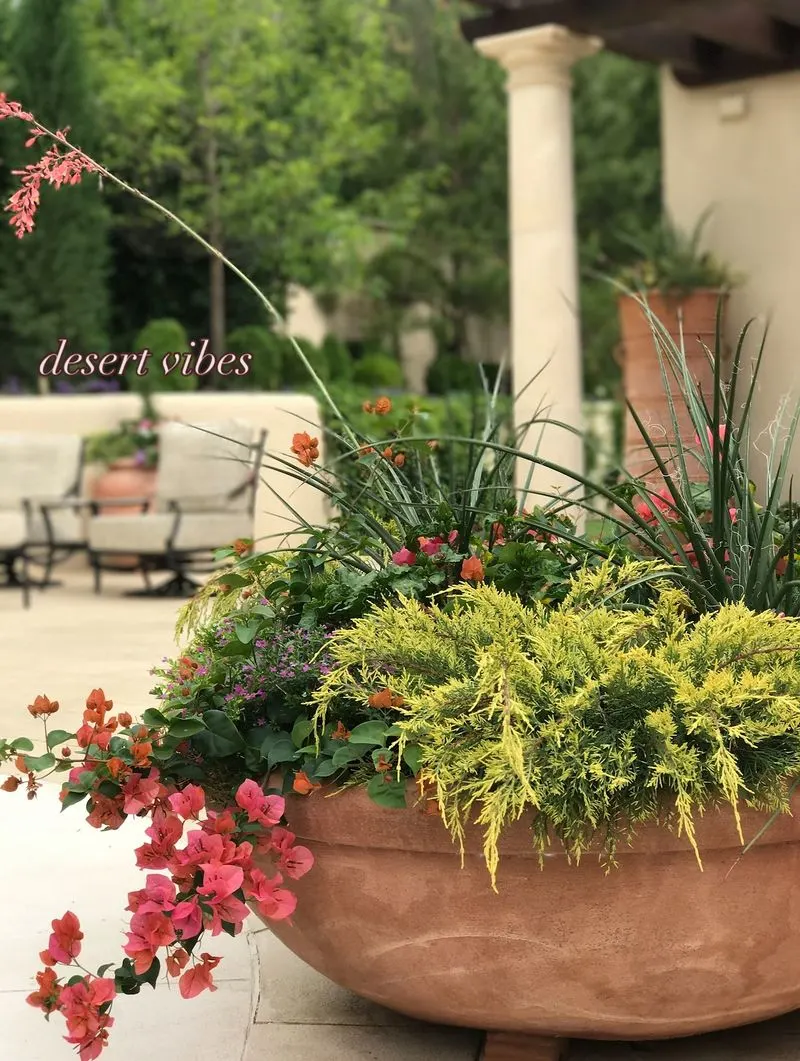
Temperature fluctuations can catch new gardeners off guard, affecting plant growth and survival. Sudden cold snaps or unexpected heatwaves require quick action.
Monitor weather forecasts and be prepared to protect your plants with covers or temporary shelters. This readiness can make the difference between thriving and struggling gardens.
Consider it like dressing for the weather—anticipation and preparation keep your plants comfortable and resilient.
Ignoring Plant Labels
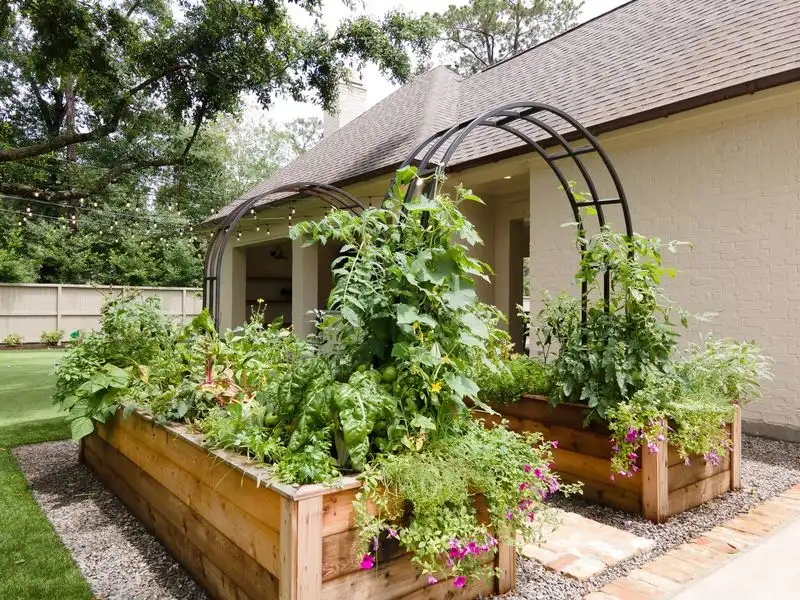
Plant labels offer valuable information about care requirements, but they are often ignored. Misidentifying plants can lead to improper care and poor results.
Take the time to read labels and research plant needs. Keeping labels organized helps ensure each plant receives the right conditions for growth.
Think of it as a guidebook for your garden, providing essential tips and insights for success. Proper attention to labels leads to a flourishing garden.
Improper Tool Maintenance
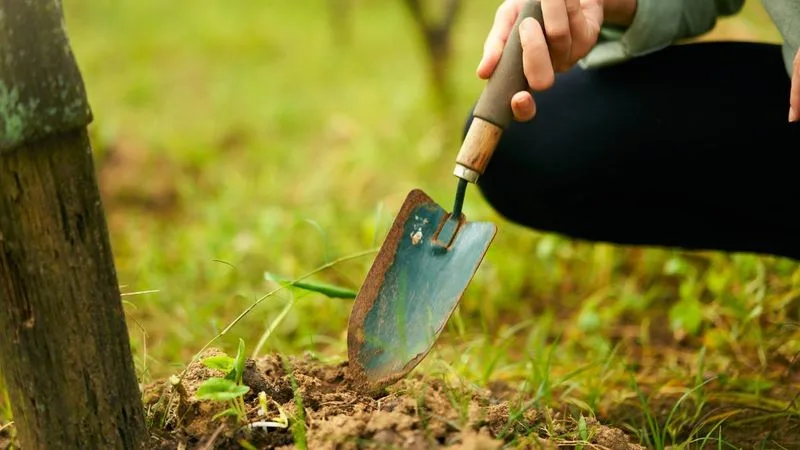
Neglecting garden tools can lead to inefficiency and frustration. Dull, rusty, or broken tools make gardening tasks harder and can damage plants.
Regular maintenance, like cleaning, sharpening, and oiling, keeps tools in good condition. Proper care extends their life and improves your gardening experience.
Think of it as caring for a beloved instrument, ensuring it performs at its best. Well-maintained tools make gardening smoother and more enjoyable.
Not Keeping a Garden Journal
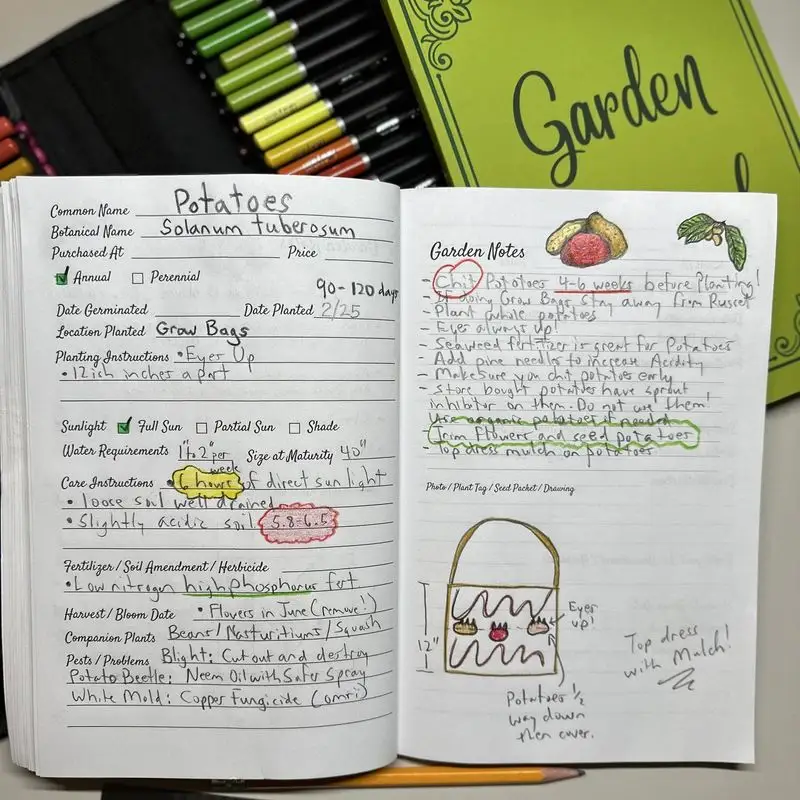
Keeping a garden journal is a valuable habit often overlooked. Documenting planting dates, weather conditions, and plant performance helps track progress and learn from experience.
Reviewing past notes can guide future gardening decisions, leading to better results over time. It’s like having a personal diary that chronicles your garden’s journey.
Consider it a reflective practice that enhances your connection with the garden. A journal is a tool for growth, both for you and your plants.

